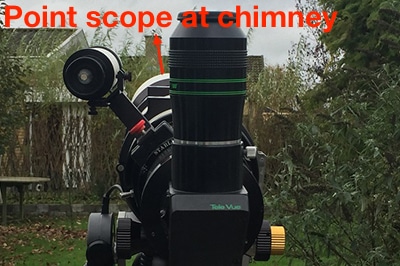Alt-Az astrophotography from Arizona.
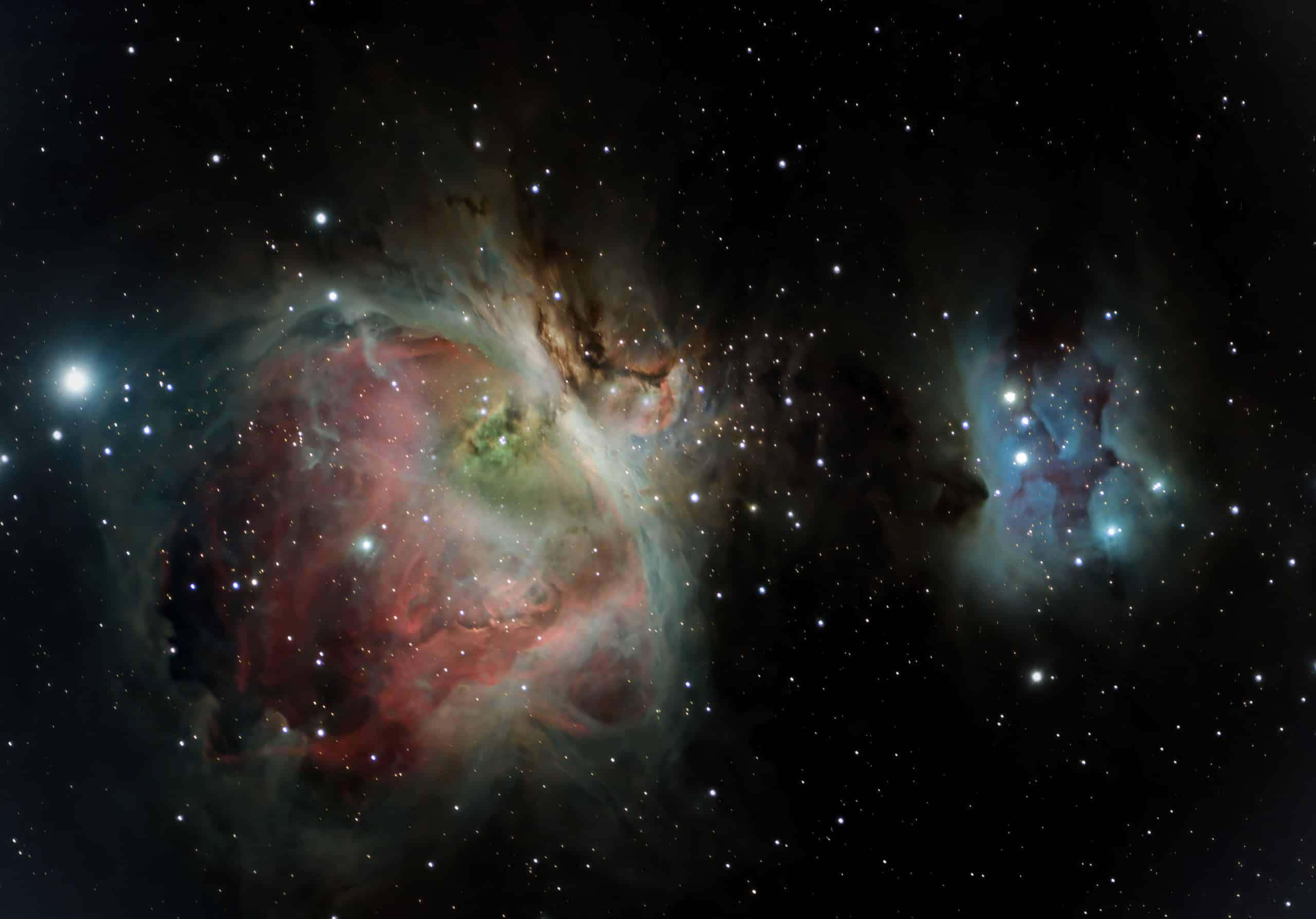

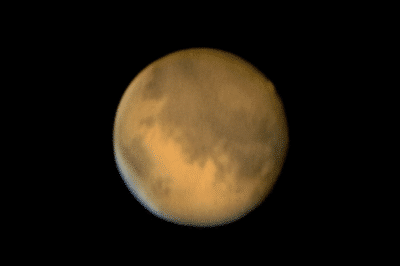
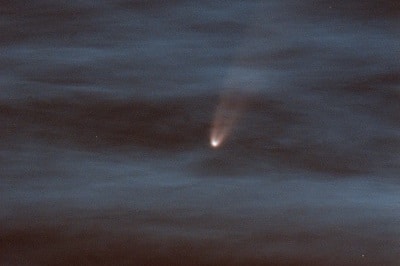
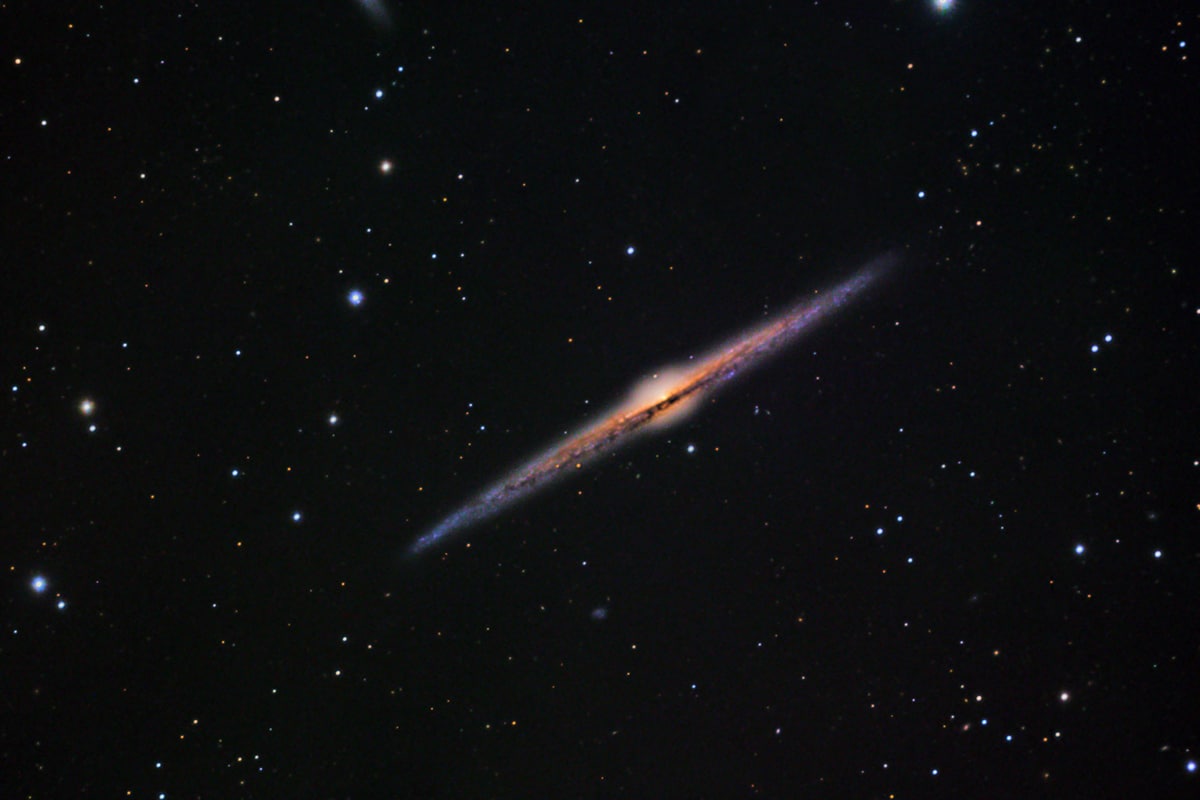
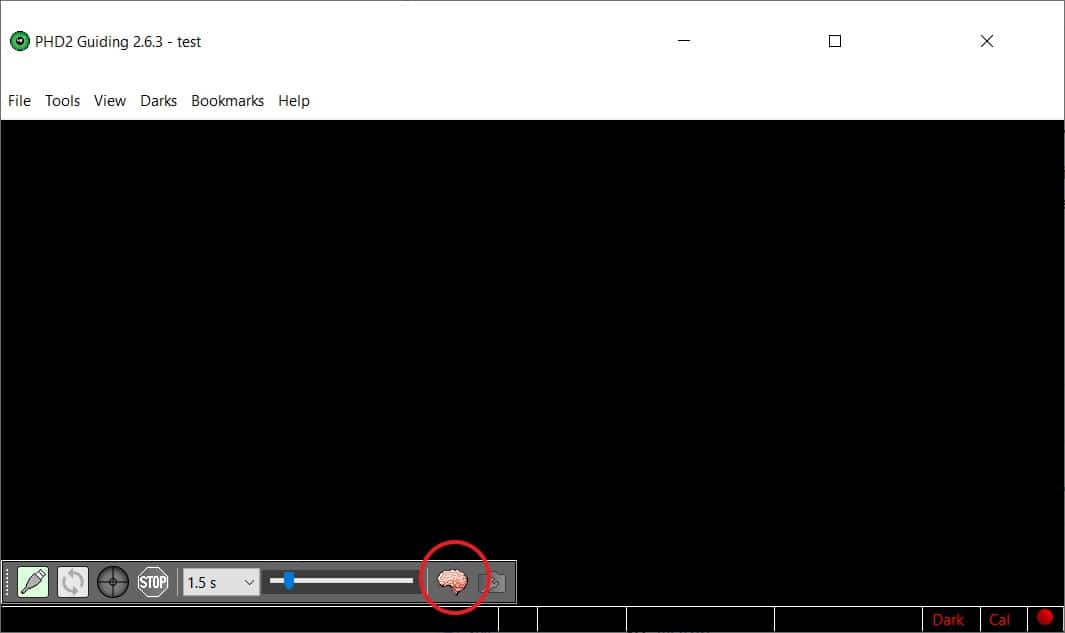
The Second version of the Practical Astronom Show will take place on Saturday March 21. 2020 at Kettering Conference Centre, UK.
I will be on the booth of Peak2Valley Instruments with the Panther Mount. Come by and have a chat and a demonstration of the mount.
Niels, @Astrodane
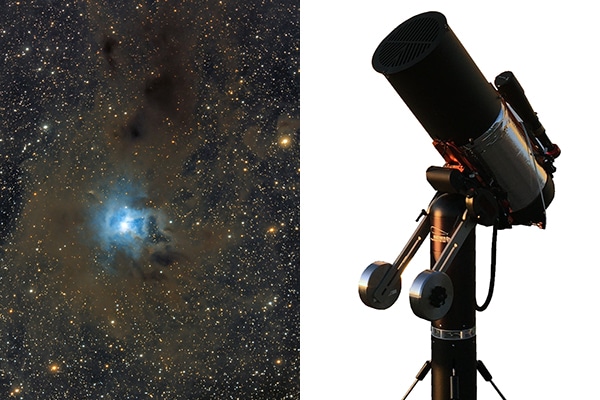
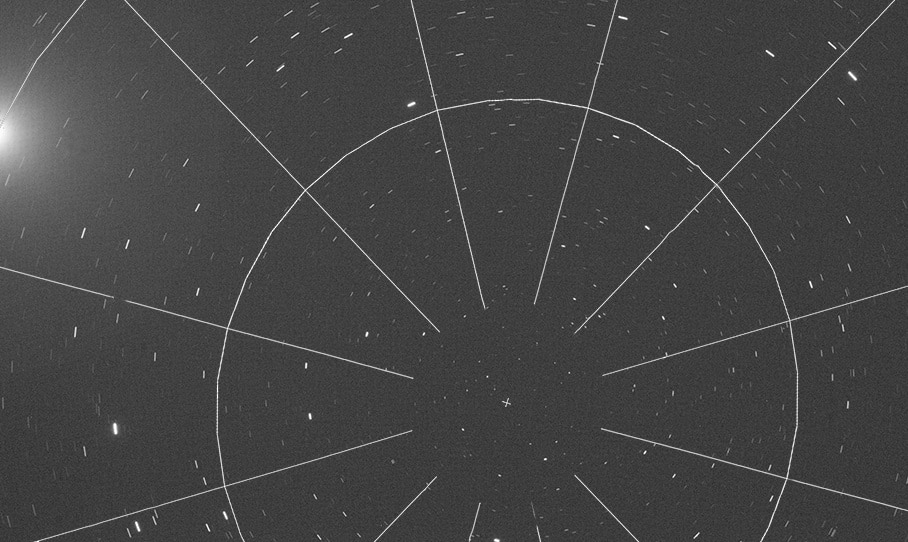
On November 15-17, 2019 the Advanced Imaging Conference will be held in San Jose, California. Deep Space Products will display the Panther Mount so drop by and see the mount in the flesh.
